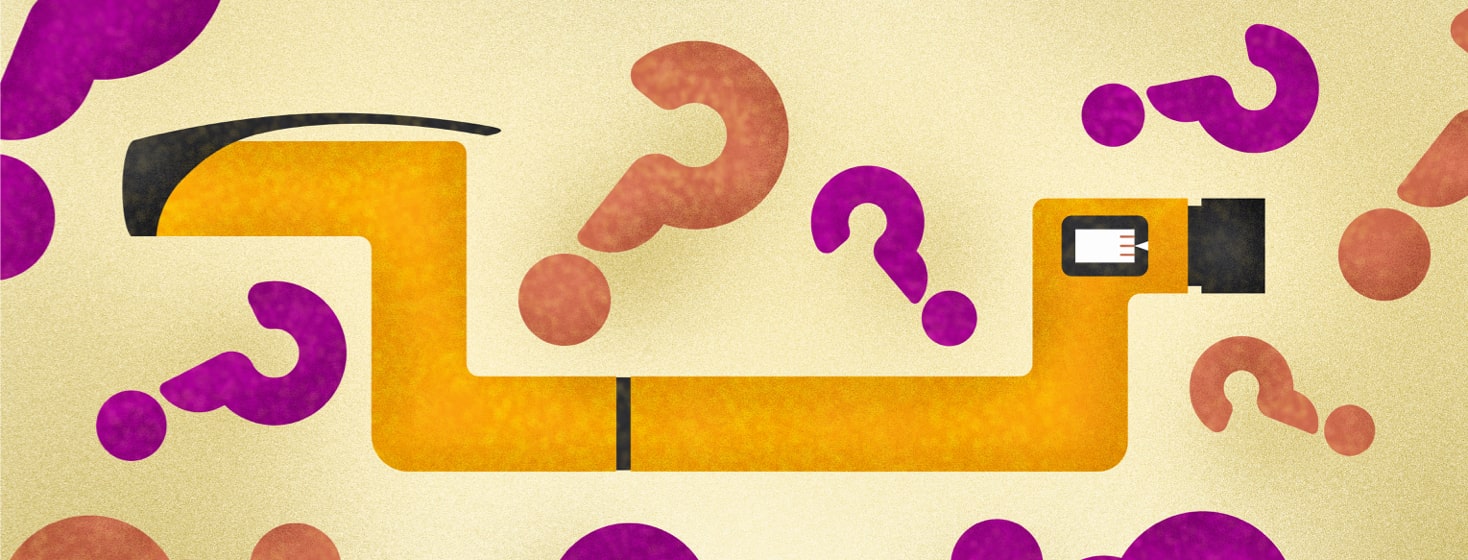5 Insulin Mix-Ups to Avoid
Unfortunately, mistakes in taking insulin can happen. The medical world seems to speak its own language, and instructions may be difficult to follow. I'm going to share with you a few insulin-related mix-ups I've observed in my clients in the hope that the same does not happen to you.
What does rotating injection sites mean?
The term "rotate" is used often when administering injections. "Rotate" means you should take your diabetes shot in a new area each time you do an injection. Rotating injection sites does not mean rotating the needle in your skin – ouch! Your shots should be about two inches away from your last injection site, as well as any scars, overused injection sites, or your belly button.1
How many caps are on an insulin pen?
I know many people who did not receive proper training on using an insulin pen or other injections after they were prescribed. Even for those who did have some training, important pieces of information may have been missed or later forgotten.
There are critical details to using an insulin pen, including making sure to remove both caps on insulin pen needles. Before you inject, you should be able to see the needle. I've met people who didn't realize their pen needles had 2 caps, even a year after starting insulin.1
Without removing both caps, they weren't getting any insulin. This can be dangerous. A medical provider may increase doses over time, assuming the person's body just needs more insulin when actually, they haven't been getting any insulin. If you realize this has happened to you, contact your provider.
How do you keep track of different types of insulin?
Find a way to keep your insulin types from getting mixed up. Using 2 different types of insulin to manage your blood sugars is called a basal/bolus pattern. This pattern is meant to manage blood sugars at meal times and all day. These two insulins work differently. One insulin works very quickly and the other very slowly. Each type of insulin has different dosing directions.2
The mix-up I see happen too often is accidentally taking the wrong dose of the wrong type of insulin. This can cause low blood sugars, sometimes even resulting in a trip to the hospital. Keep your insulin types in 2 different places or put one in a separate container so you can tell them apart.
What should I do if I'm confused about a prescription?
If you don't understand what your prescription means, ask questions. Instructions on a prescription may be limited by the computer systems used. That means providers may have to shorten or abbreviate medicine instructions on your prescriptions.
For example, "MDD: 70" on insulin prescriptions means "max daily dose 70 units." This helps the pharmacy fill enough insulin for your needs. However, this is not something you need to know for your dosing routine. I've seen clients misunderstand these instructions, thinking it was the amount of insulin they needed to take at each meal. Call and ask your provider if you don't know what something means or if the instructions seem confusing.
What is carbohydrate counting?
A refresher is a good idea, even if you've previously had carbohydrate counting training. Taking insulin means understanding its connection to eating patterns. That includes the timing of insulin and foods that need to be paired with insulin at mealtimes. Often, I meet people who had mealtime insulin started by their provider but still struggle with their blood sugars.
For example, I recently worked with a woman whose blood sugars were in the 40-50 mg/dl range multiple times a week. While she had diabetes nutrition education in the past, she didn't understand the connection between carbohydrates and insulin.
Consistent carbohydrate intake and understanding what foods contain carbohydrates, especially when on insulin, are critical to healthy blood sugar levels.
This or That
Do you practice portion control?

Join the conversation